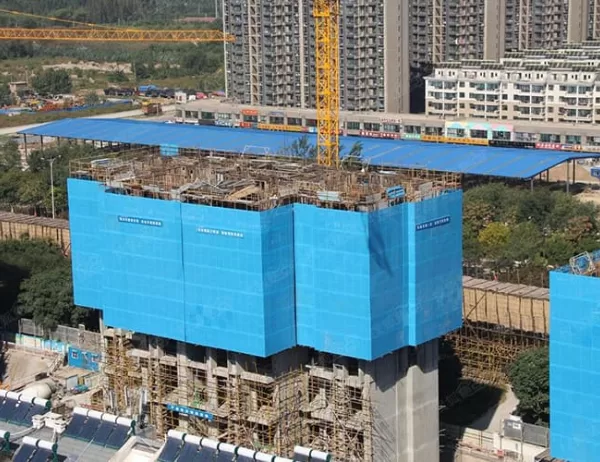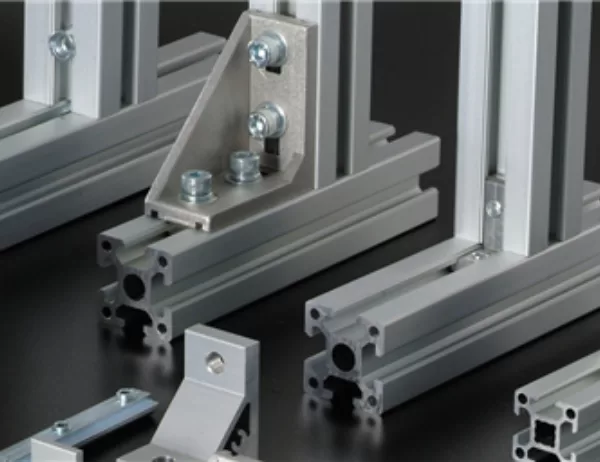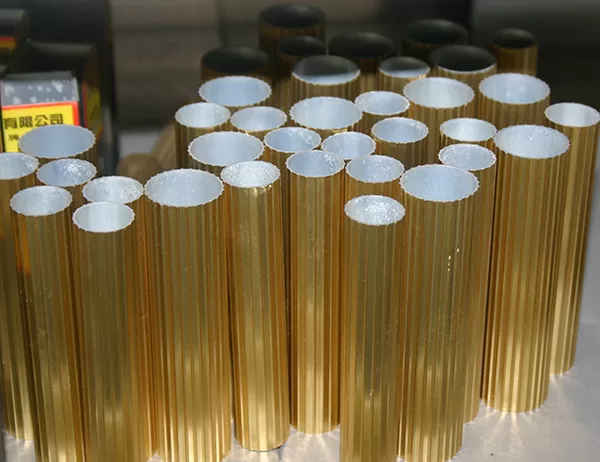In today’s construction and design landscape, the choice of materials is paramount. Aluminum molding profiles have emerged as a formidable alternative to traditional materials, offering a myriad of advantages. This article delves into a comprehensive comparison between these two material options, highlighting their unique attributes and contrasting their suitability for various applications.
Durability and Structural Integrity
Aluminum molding profiles surpass traditional materials in terms of durability and structural integrity. Aluminum’s innate resistance to rust and corrosion ensures longevity and resilience in demanding environments. Moreover, it is lightweight yet remarkably strong, offering superior load-bearing capacity compared to heavier materials such as steel or wood.
Flexibility and Versatility
One of the key advantages of aluminum molding profiles lies in their flexibility. Their malleable nature allows for intricate designs and complex shapes, making them highly adaptable to a wide range of architectural and decorative applications. This versatility ensures a seamless integration into various project designs, from intricate cornices to sleek linear profiles.
Aesthetics and Design Freedom
Aluminum molding profiles offer unparalleled aesthetic possibilities. They come in a diverse spectrum of finishes, including anodized, brushed, and powder-coated, enabling designers to create harmonious or contrasting elements within a space. The wide range of colors and textures allows for boundless design freedom, complementing both traditional and contemporary architectural styles.
Sustainability
Aluminum molding profiles prioritize sustainability. Aluminum is an infinitely recyclable material, reducing environmental impact throughout its lifecycle. Its lightweight properties also contribute to reduced transportation emissions, further enhancing its eco-friendly credentials.
Cost-Effectiveness
Despite their exceptional qualities, aluminum molding profiles are surprisingly cost-effective. Their durability and longevity reduce maintenance and replacement costs over time, while their flexibility and adaptability minimize waste during installation. Furthermore, their lightweight nature reduces shipping expenses, ensuring overall affordability.
Comparison at a Glance
| Feature | Aluminum Molding Profiles | Traditional Materials |
|—|—|—|
| Durability | Excellent | Moderate |
| Structural Integrity | High | Lower |
| Flexibility | Malleable | Limited |
| Aesthetics | Versatile | Restrictive |
| Sustainability | Recyclable | Not as recyclable |
| Cost-Effectiveness | Affordable | More expensive over time |
Conclusion
Aluminum molding profiles have revolutionized the world of materials for construction and design. Their exceptional durability, flexibility, aesthetic appeal, sustainability, and affordability make them an attractive choice for architects, builders, and homeowners alike. Whether it’s for intricate architectural details, sleek furniture designs, or functional outdoor fixtures, aluminum molding profiles offer an unparalleled combination of performance and aesthetics.




